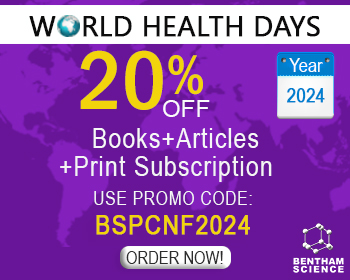Abstract
Human immunodeficiency virus type 1 (HIV-1) and type 2 (HIV-2) are the causative agents of Acquired Immunodeficiency Syndrome (AIDS). Without therapeutic intervention, HIV-1 or HIV-2 infections in humans are characterized by a gradual and irreversible immunologic failure that ultimately leads to the onset of a severe immunodeficiency that constitutes the hallmark of AIDS. In the last two decades AIDS has evolved into a global epidemic affecting millions of persons worldwide. Although sharing several identical properties, HIV-1 and HIV-2 have shown some important differences in vivo. In fact, a significant amount of epidemiologic, clinical and virologic data suggest that HIV-2 is in general less virulent than HIV-1. This reduced virulence is revealed by the longer asymptomatic period and the smaller transmission rate that characteristically are observed in HIV-2 infection. In this context, studies using HIV-2 as a model of a naturally less pathogenic infection could bring important new insights to HIV pathogenesis opening to new strategies to vaccines or therapeutic design. The reasons underlying the reduced pathogenicity of HIV-2 are still essentially unknown and surely are the outcome of a combination of distinct factors. In this review we will discuss the importance and the possible implications in HIV-2 pathogenesis, particularly during the asymptomatic period, of a less fitted interaction between viral envelope glycoproteins and cellular receptors that have been described in the way HIV-2 and HIV-1 use these receptors.
Keywords: hiv-2 infection, coreceptor usage, pathogenesis, hiv-2 - cell interactions, viral fitness

























